ISBN: 9789392062056
Author Name: Lalit Kumar, V S Pandey, Harish Parthasarathy, Vibhakar Shrimali
Binding: Paperback
YOP: 2022
Language: English
About the Books:
This book deals with certain fundamental concepts associated with transmission lines and waveguides. The first two concepts which have been addressed are concerned with non-linear effects in transmission lines arising from non-linear capacitive and inductance (hysteresis) effects in the same. We obtain approximate solutions for the line voltage and current and demonstrate non-linear frequency and phase coupling as a consequence. For the transmission line that takes hysteresis into account, using retarded potential theory, we calculate the approximate transition probability of an electron bound to an atomic nucleus located in the far-field zone between two stationary atomic states, using time dependent perturbation theory. By measuring electron population, we can determine the transition probabilities and hence can estimate the transmission line hysteresis parameters. This procedure gives us a method to estimate transmission line parameters on a nano-scale with great accuracy using atomic transition measurements. Chapter 4 of this book deals with the effects of the electromagnetic field in a rectangular waveguide, on an atom or a quantum harmonic oscillator placed inside the guide. From atomic transition probabilities, we derive algorithms for estimation of the guide’s parameters. These algorithms are applicable to guides on a nano/quantum scale, as reported in the different literature on quantum dots, in a waveguide shows. In the process, we also derive formulas for the entropy pumped into the atom/oscillator by the classical/quantum e-m field generated within the guide. After discussing these three concepts in chapter 2, chapter 3 and chapter 4 respectively, in chapter 5, we link these three concepts by considering the effect of the magnetic field produced in a non-linear transmission line on atoms and suggestions on how the atomic transition probabilities can be calculated between two stationary states. We have also shown how a guide with field dependent permittivity and permeability, can be casted in a non-linear transmission line framework and hence, how its interaction with an atom, followed by the subsequent transition probability measurements, can be used to estimate the field dependent permittivity and permeability. In Chapter 6 of this book, application of Large Deviation Stochastics to engineering systems have been discussed.
About the Authors: Dr. Lalit Kumar graduated in Electronics and Communication Engineering from MDU, Rohtak, Haryana, in 2003, and did his Master’s degree in Signal Processing from Netaji Subhas Institute of Technology, Delhi, India. He completed his PhD from National Institute of Technology, Delhi. He has total 11 years of academics and industry experience. He is currently working as Skill Assistant Professor (Electronics/Robotics) in the Department of Industry 4.0 at Shri Vishwakarma Skill University, Palwal, Haryana.
“Dr. V.S Pandey” graduated in science from Purvanchal University, Jaunpur, India in 1998, and did his Master’s degree in science from Department of Physics BHU, Varanasi, India. He completed his PhD from IIT, BHU, Varanasi, India. He has total 15 years of academics and research experience. He is currently working as an Assistant Professor in the Department of Applied Sciences at National Institute of Technology, Delhi.
Harish Parthasarathy received B.tech degree in Electrical Engineering from IIT Kanpur and his Phd degree in Signal Processing from IIT Delhi in 1994. He worked as a visiting fellow in the Indian Institute of Astro Physics, Bangalore from 1993 to 1994. He has worked as a faculty in the Electrical Engineering departments at IIT Bombay and IIT Kanpur. Currently, he is a professor in the Electronics and Communication Division in NSIT, Delhi. He teaches courses on Signal processing Electromagnetics, transmission lines, wave guides & antennas and electives in quantum field theory, quantum robotics & quantum stochastic processes to undergraduate and postgraduate students. He has published over 200 papers in international journals and conferences and he has also published 25 books on variety of topics in mathematical physics, signal processing and antenna theory.
“Dr. Vibhakar Shrimali” graduated in Electronics and Communication Engineering from MBM Engineering College, Jodhpur, India, in 1987, and did his Master’s degree in Electronics and Communication Engineering from Delhi College of Engineering, Delhi, India. He completed his PhD from IIT-R, Roorkee, India. He has total 32 years of academics and administrative experience. He is currently working as a Professor in the Department of Electronics & Communication Engineering at G.B. Pant Govt. Engineering College, Okhla Phase -III, Delhi.
Pages: 192
Subject 1: Physics
Subject Area: Advanced Physics | Quantum Physics | Quantum Computation | Electronics

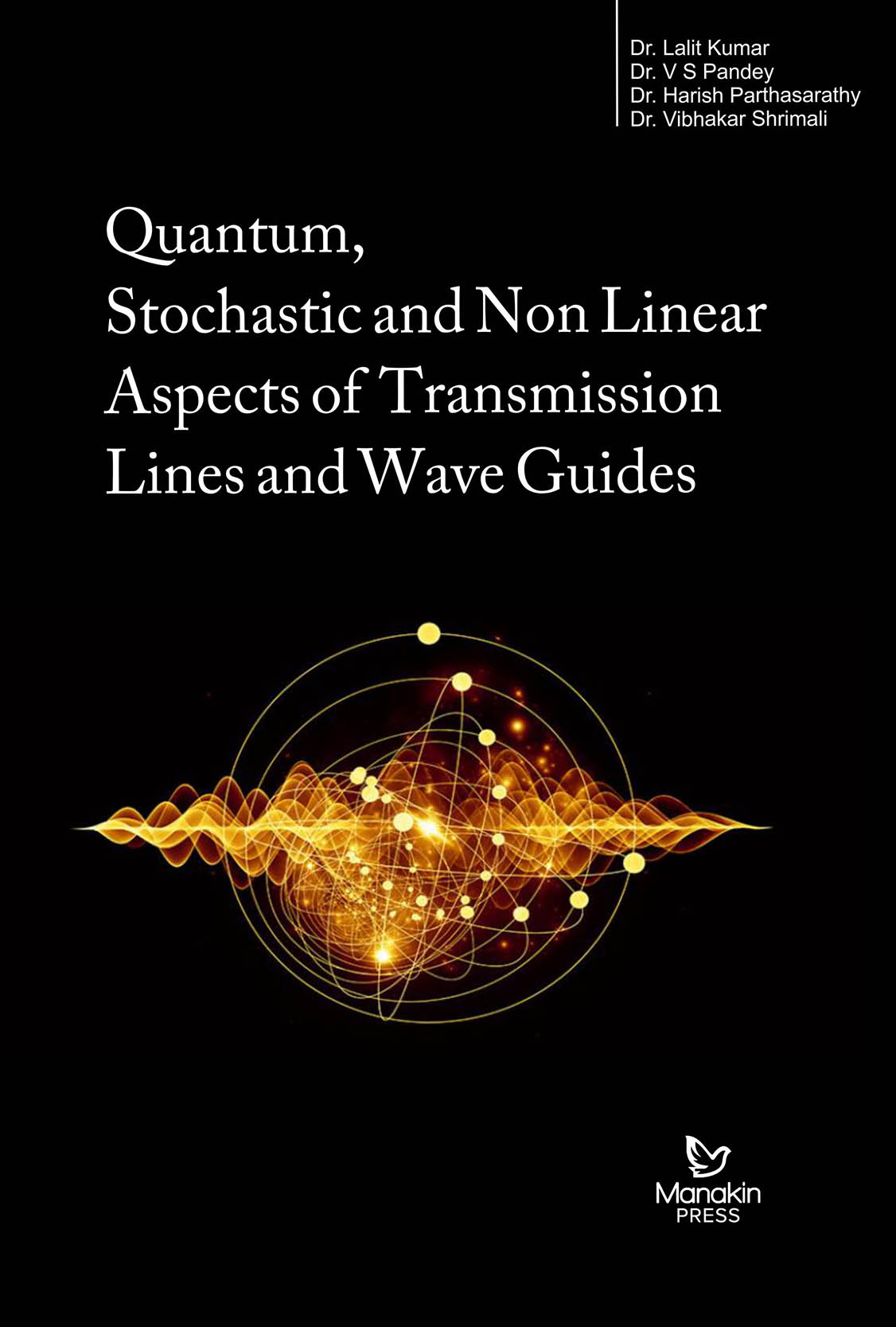
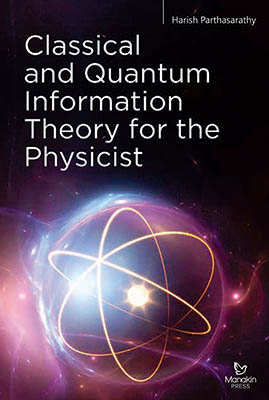
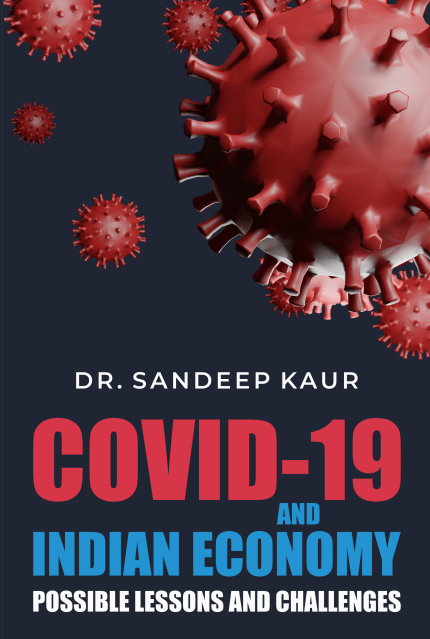
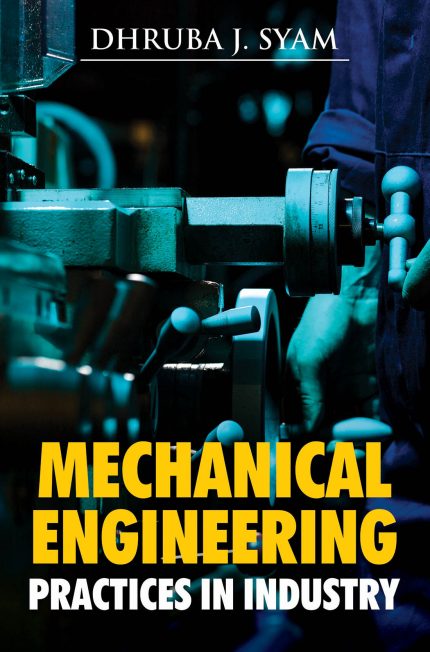
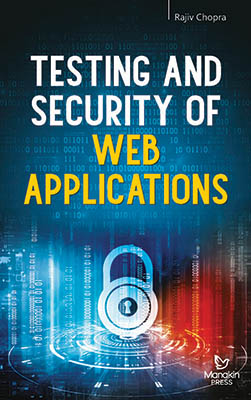
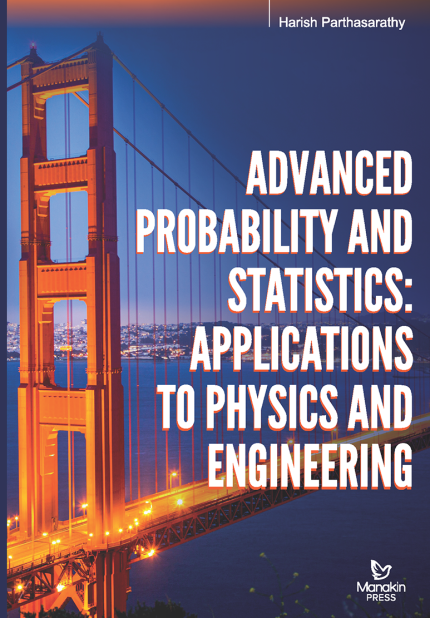
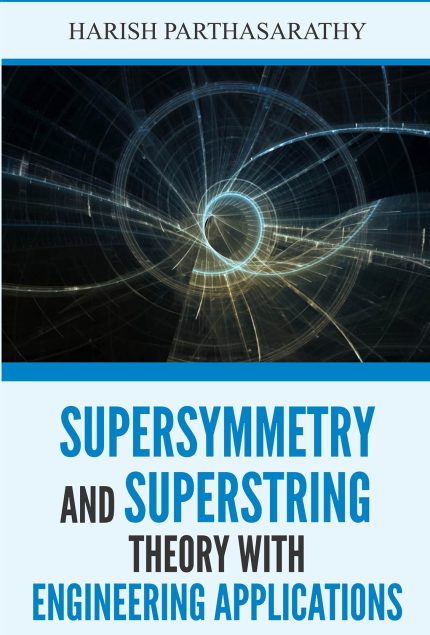
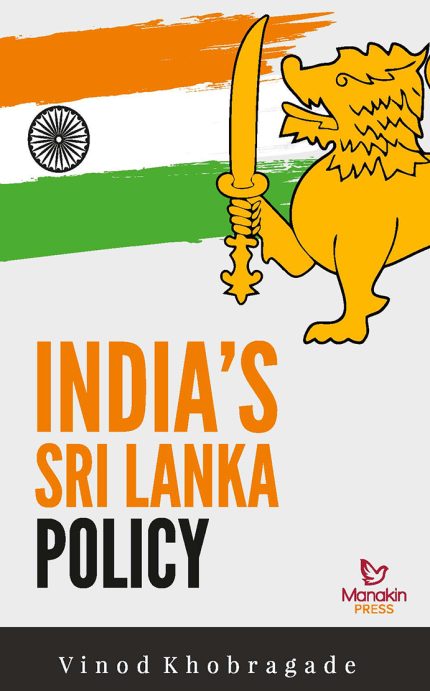
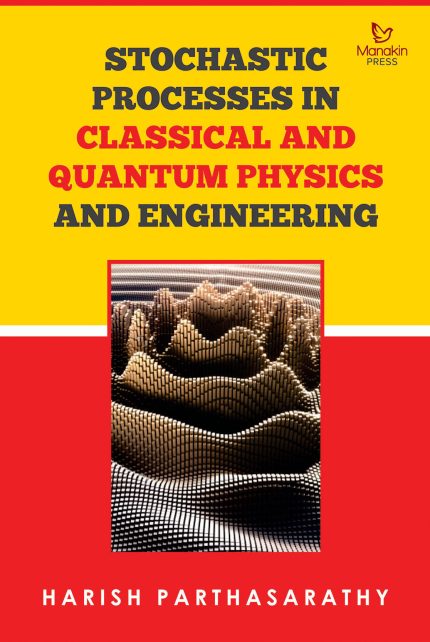
Reviews
There are no reviews yet.